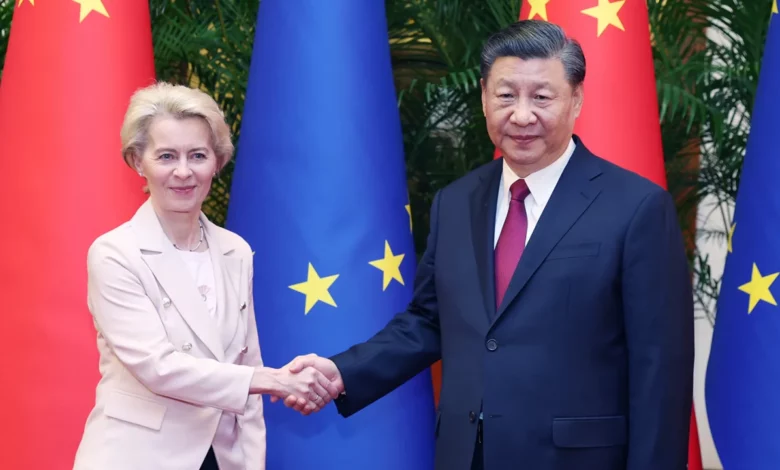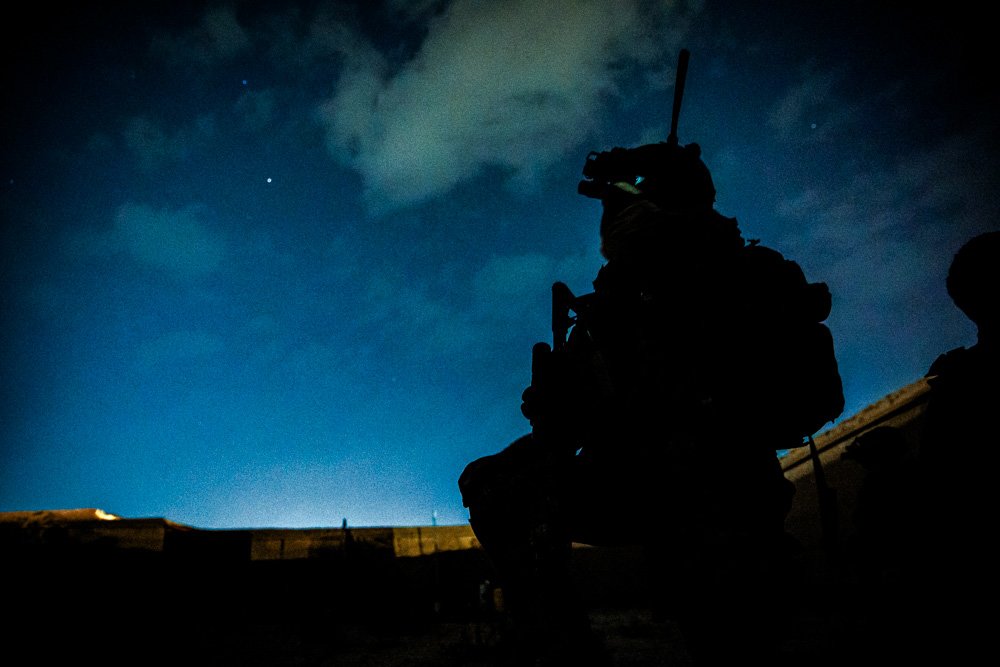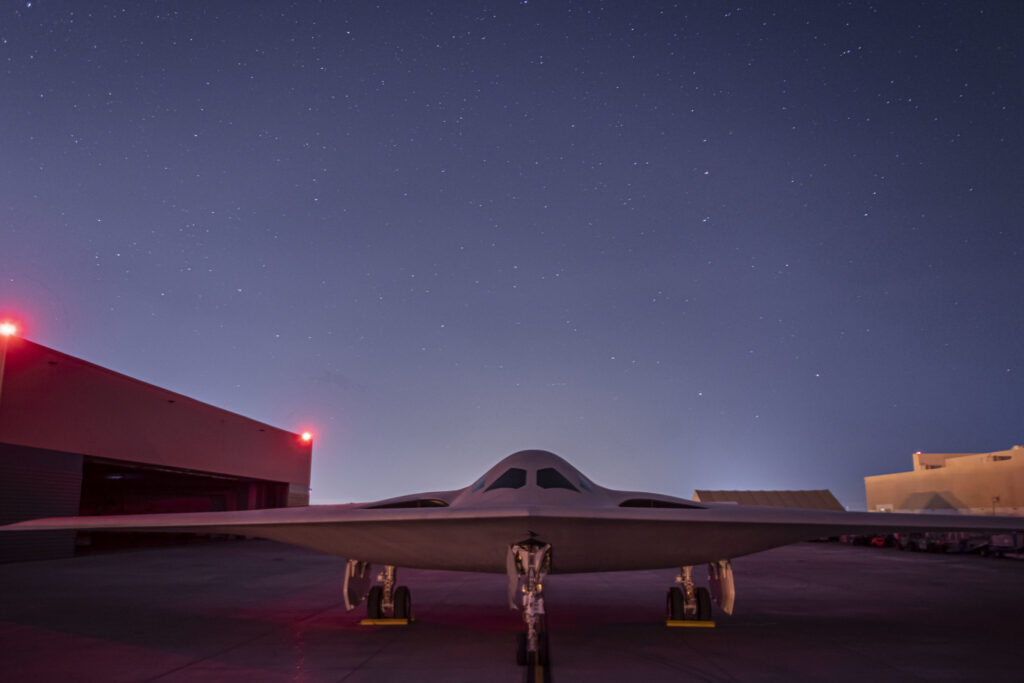James Kynge
Sly, Soviet-style jokes are enjoying a subtle revival on Chinese social media platforms. Their art resides in being too obscure for censors to understand yet clear enough for cynics to chuckle at their mockery.
Some are so esoteric that their satire is confirmed only by the censors’ decision to delete them — echoing the cat-and-mouse dynamic that distinguished dissident humour in the former Soviet Union. One joke this week monitored by the China Digital Times, a US-based site that covers Chinese affairs, belonged to this genre.
It read: “While out and about on vacation, I stubbed my toe on something. Upon closer inspection, I saw it was a bronze lamp. It was smudged, so I picked it up and gave it a good wipe — and out popped a genie! The genie said it could grant me any wish. ‘Is that so?’ I said. ‘Well then, could you make you-know-who you-know-what?’ No sooner had the words escaped my lips than the genie rushed over, clamped my mouth shut, and asked: ‘Are we even allowed to say that?’”
The author’s account appears to have been shut down after the joke was deleted. “Of course, by banning the joke and its author, censors merely proved the punchline,” commented the China Digital Times. “This is not the first time that ‘Soviet-style’ jokes have become Chinese realities.”
Dark humour is just one of a rash of adverse indicators besetting China these days. A slowdown in economic growth is having a palpable impact on people’s lives, with labour unrest spreading, youth unemployment spiralling and families feeling poorer following a decline in the value of their homes since mid-2021.
News this week that China has officially fallen into deflation, with consumer prices dropping 0.3 per cent year on year in July, adds a particularly unwelcome ingredient into the mix. Deflation is feared because declining prices persuade people to defer purchases, cooling the consumer vigour that Beijing has been trusting to propel a recovery from the pandemic.












:quality(70)/cloudfront-us-east-1.images.arcpublishing.com/archetype/Z2J4Q2MBVFGHBKTFIYWJUJB6AQ.jpg)



